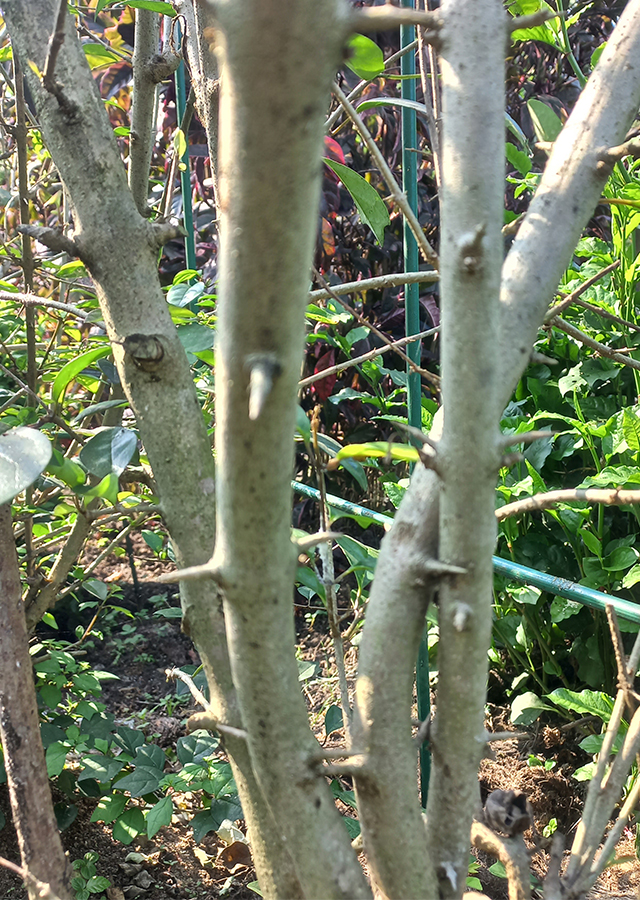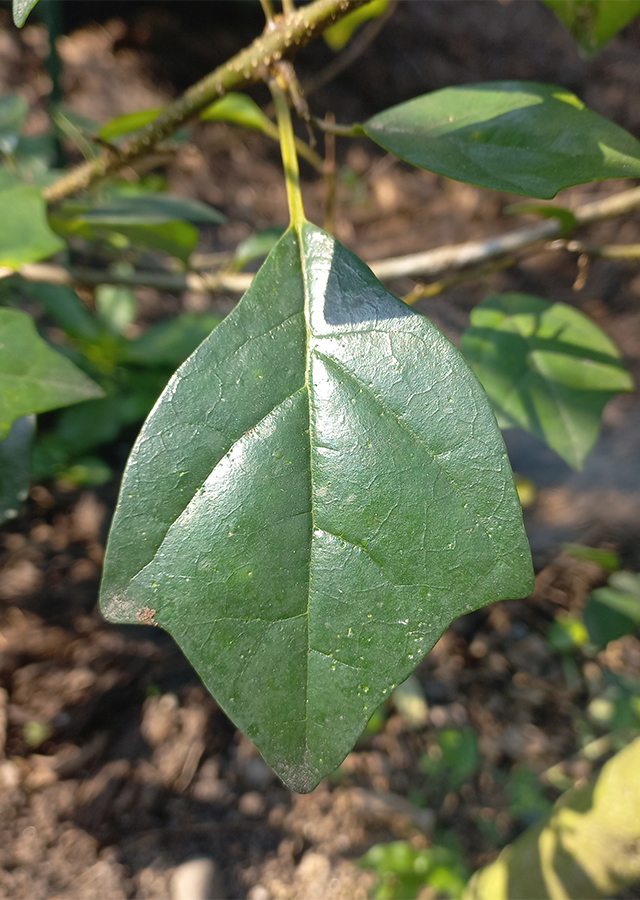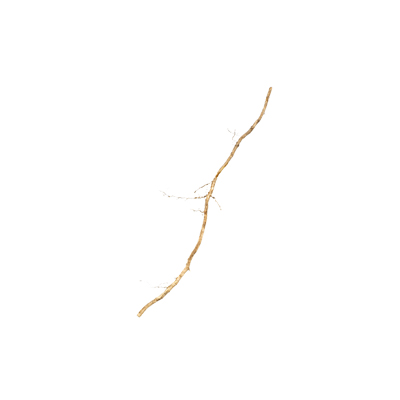Parrot's Beak
Gmelina philippensis Cham.
Lamiaceae
Location in our garden
Principal



Synonym
Gmelina finlaysoniana f. colorata Kuntze
Gmelina hystrix Schult. ex Kurz
Gmelina inermis Blanco
Habitus
Shrubs. An evergreen, usually spiny, straggling or climbing shrub or small tree. It can grow up to 7 m tall.
Part Used
Leaves
Roots
Growing Requirements
Full Sunshine
Need Shade
Habitat
Forest
Terrestrial
Overview
Indigenous to India and Southeast Asia, including the Philippines. The plant is harvested from the wild for local use as a medicine. It is widely cultivated as an ornamental throughout the tropics.
Vernacular Names
Korobi (Assamese), Badhara (Hindi).
Agroecology
It grows in open habitats, gaps, margins, thickets, and secondary forests at low to medium elevations. Succeeds in full sun or partial shade, preferring a moist but well-drained soil. Often found in the wild on clay soils.
Morphology
- Roots - taproot.
- Stems - round, prickly, bark yellowish brown, branched.
- Leaves - opposite, stalked leaves have thinly leathery blades that are egg-shaped to elliptic to drop-shaped, green above, pale green below, and 5-8 by 3 cm.
- Flowers - yellow, 5-8 cm long, and arranged in hanging cones with pointed red bracts.
- Fruits - Its drupe (fruit) is yellow, drop-shaped, and 3 cm long.
- Seeds - one in each fruit.
Cultivation
Propagated by seeds, cuttings, and air layering.
Chemical Constituents
6 iridoids (6-O-α-L-(2″-O-, 3″-O-, 4″-O-tribenzoyl)rhamnopyranosylcatalpol, 6-O-α-L-(2″-O-, 3″ -O-dibenzoyl, 4″-O-cis-p-coumaroyl)rhamnopyranosylcatalpol, 6-O-α-L-(2″-O-, 3″-O-dibenzoyl, 4″-O-trans-p-coumaroyl )rhamnopyranosylcatalpol, 6-O-α-L-(2″-O-benzoyl, 3″-O-trans-p-coumaroyl)rhamnopyranosylcatalpol, 6-O-α-L-(2″-O-, 3″- O-dibenzoyl)rhamnopyranosylcatalpol, gmephiloside), five monoacyl and diacyl derivatives of rhamnopyranosylcatalpol.
Traditional Medicinal Uses
- The extract of the roots is used internally as a stimulant, resolvent, and in treating diseases of the joints and nerves.
- The juice of the roots is used as a purgative and in treating fatigue.
- An extract of the leaves is used externally as a stimulant, resolvent, and in treating diseases of the joints and nerves.
Part Used
Reference Sources
- Fern, Ken. Useful Tropical Plants. (2021). Gmelina philippensis. http://tropical.theferns.info/viewtropical.php?id=Gmelina+philippensis. 13-01-22.
- Flora & Fauna Web. Gmelina philippensis. https://www.nparks.gov.sg/florafaunaweb/flora/2/0/2036. 13-01-22.
- StuartXchange. (2020). Gmelina philippensis. http://www.stuartxchange.org/Alipung.html. 13-01-22.

